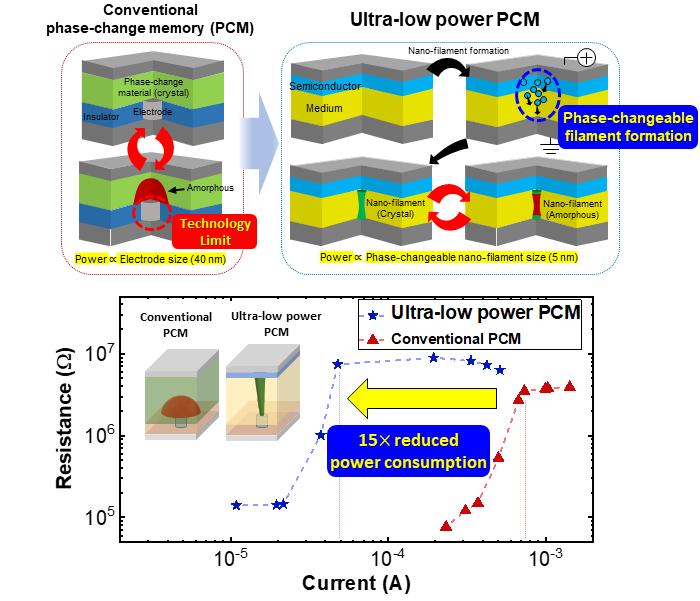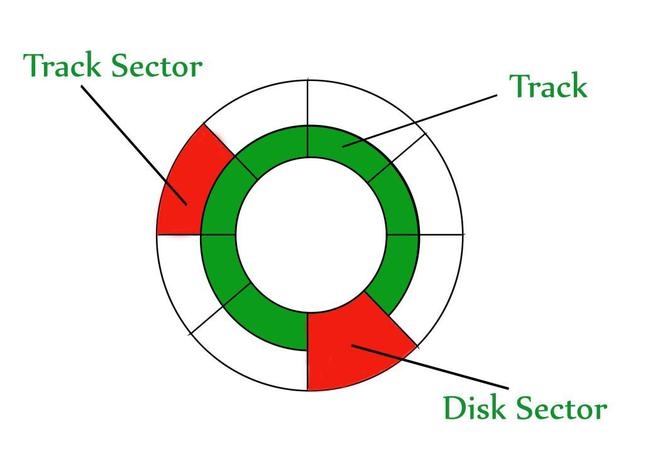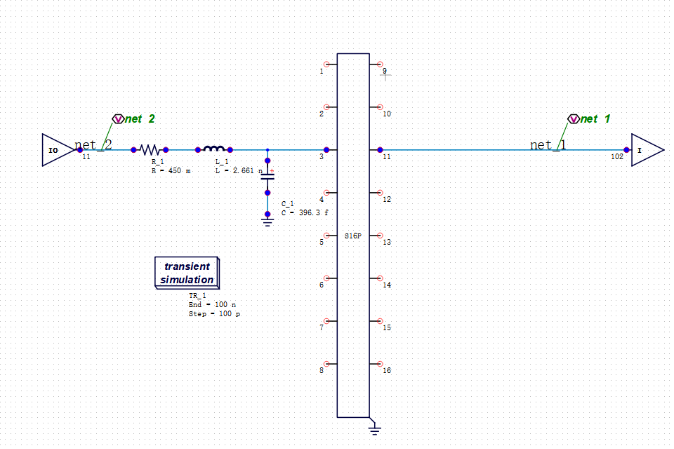Summary
Researchers at the Korea Advanced Institute of Science and Technology (KAIST) have demonstrated a next-generation phase-change memory (PCM) device that operates at ultra-low power and could serve as an alternative to DRAM or NAND flash, and as a component for neuromorphic AI hardware. The device achieves significantly lower power consumption and reduced fabrication cost by electrically forming a nanoscale, phase-changeable filament without relying on expensive lithography.
Background: PCM and neuromorphic computing
Phase-change memory stores information by switching a material between crystalline and amorphous states, thereby changing its electrical resistance. PCM combines the high speed of DRAM with the nonvolatility of NAND flash, making it a candidate to help address the von Neumann bottleneck and to enable devices for neuromorphic computing, such as hardware implementations of spiking neural networks (SNNs). Conventional PCM devices, however, typically require high power and costly fabrication methods, which limit practical scaling and integration into large-capacity memories or neuromorphic systems.
New approach and key results
The KAIST team, led by Professor Shinhyun Choi of the School of Electrical Engineering, developed a method to electrically form a phase-changeable filament confined to an extremely small area. This self-confined nano-filament approach avoids the need for advanced lithography to define tiny device regions. As reported, the resulting PCM device consumes about 15 times less power than conventional PCM devices fabricated using expensive lithographic tools.
Implications
By reducing both operating power and fabrication complexity, the approach could enable higher-density three-dimensional vertical memories and make PCM more viable for energy-constrained neuromorphic computing applications. The technique also broadens material and design options for future memory devices and neuromorphic systems.
Publication and contributors
The work, titled "Phase-Change Memory via a Phase-Changeable Self-Confined Nano-Filament," lists KAIST doctoral students See-On Park and Seokman Hong as first authors and was published in Nature on April 4.
Funding
The research received support from Korean next-generation intelligent semiconductor technology development programs, the PI M AI semiconductor core technology development (device) project, the National Research Foundation of Korea's Emerging Research Programs, and a national nanowafer center program for semiconductor process and nano-medical device development.
 ALLPCB
ALLPCB








